The Rise of Wide-Width Designs and Brand Layouts
In recent years, footwear brands have increasingly recognized the demand for wider shoe options, with many launching "dual-version" models that include both standard and wide widths. This shift reflects a growing emphasis on foot health and comfort, particularly in response to diverse foot shapes and sizes across different populations.

Sports Brand Wide-Width Practices
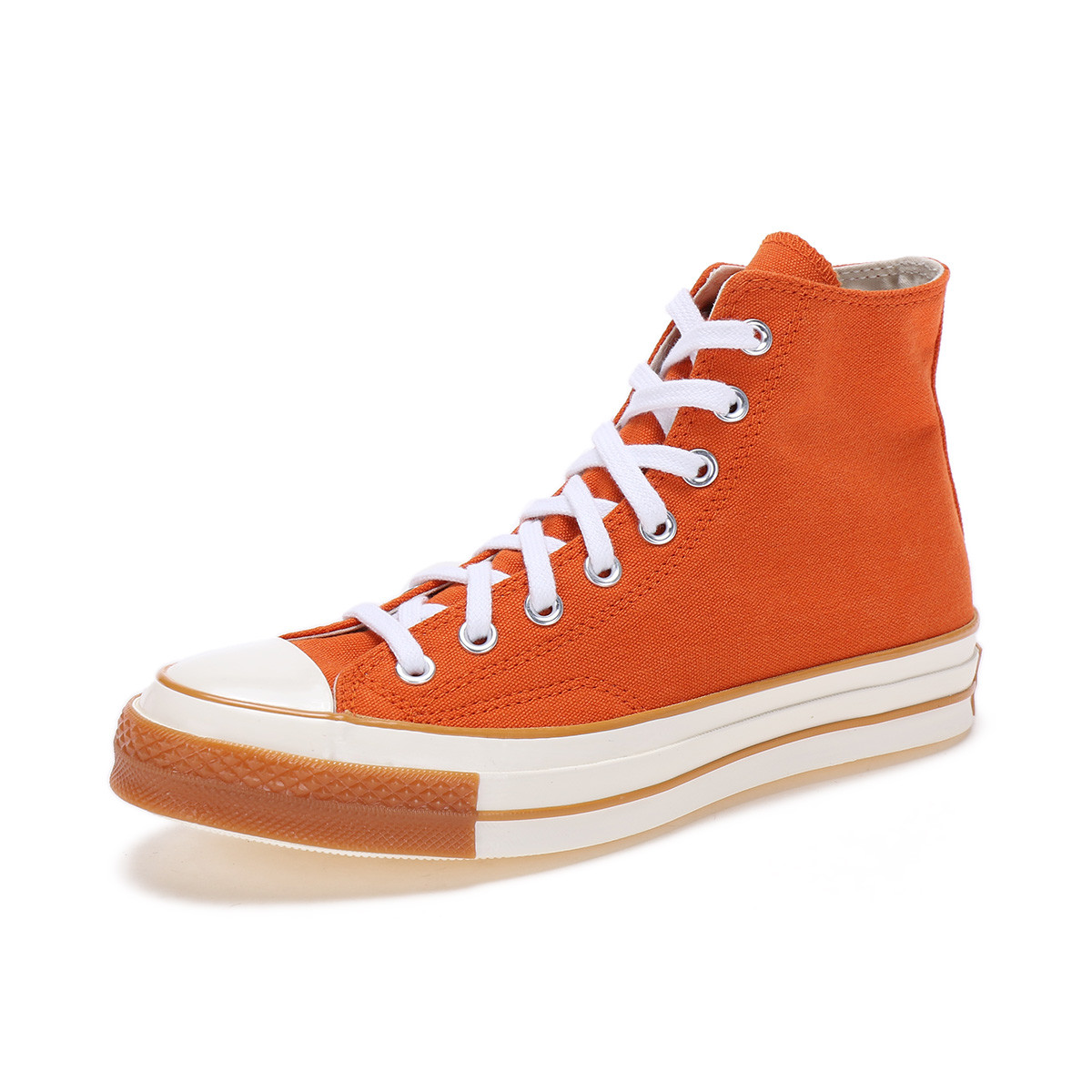
Converse has led the trend with its CHUCK 70 wide-width model, which features overall dimension increases of approximately 15mm and a 7mm wider sole. Available in classic black and white colorways for both high-top and low-top styles, the wide version is priced identically to the standard model, making it accessible to a broader consumer base.
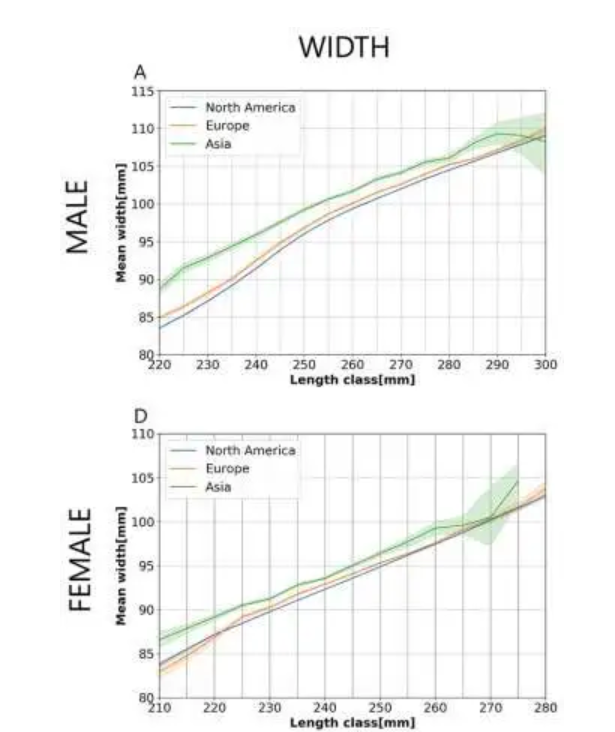
New Balance offers wide-width options for its 1080 v14 series, with both men's and women's models available in standard and wide versions. According to customer service representatives, the wide version provides approximately 2cm additional width, though this comes at a ¥100 premium over the standard model.
ASICS takes a more nuanced approach with its GT-2000 13, offering three width options: standard, wide (2E), and extra wide (4E). The wide version increases forefoot volume by 3% (approximately 1-3mm), while the extra wide option provides a 6% increase (3-5mm). Notably, all three versions are priced identically, with the wide and extra wide models each selling over 1,000 units, indicating strong consumer demand.
Brooks goes further with its Ghost 17 running shoe, offering regular, wide (2E), and extra wide (4E) versions. The wide model adds 5mm width, while the extra wide provides a 1cm increase, with no price difference between versions.
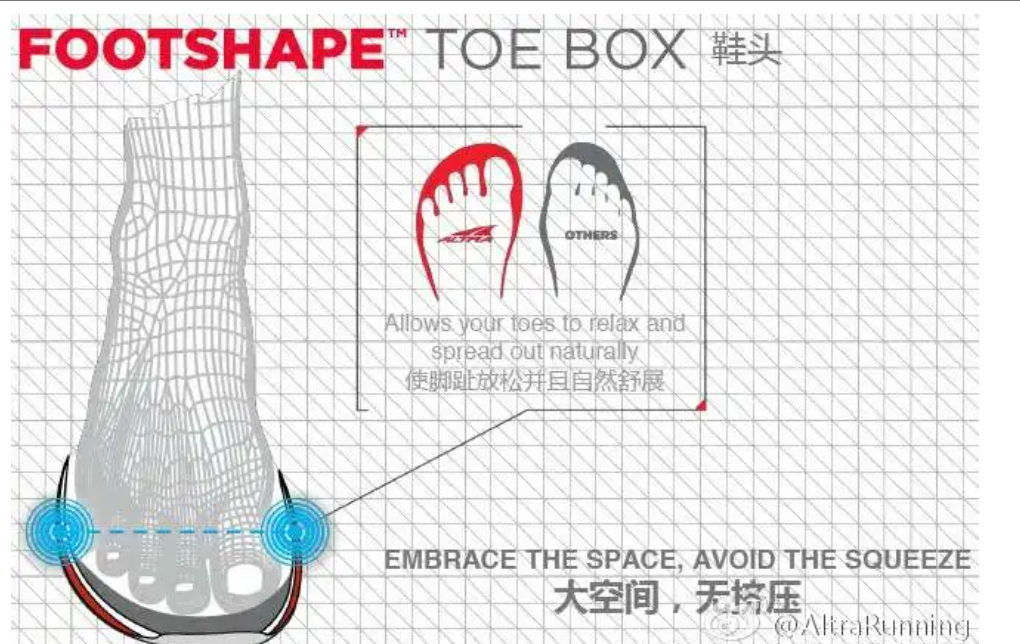
Fashion Brand Follow-Up
Beyond athletic footwear, fashion brands have also embraced wider designs. Staccato offers wide-width options for its leather shoes, with the metatarsal circumference increased by 5mm at the same price point as standard versions. 7or9 provides wide lasts for multiple styles, with a 3mm increase in forefoot width and 6-7mm in circumference, ensuring a comfortable fit for various foot shapes.
Driving Factors Behind Wide-Width Popularity
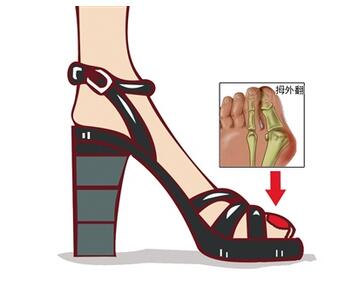
Physiological Differences and Comfort Needs
The popularity of wide-width shoes can be attributed in part to anthropometric differences. A 2019 study published in Scientific Reports analyzed 3D foot scans of 1.2 million individuals from North America, Europe, and Asia. Results showed that Asian feet are significantly wider across all foot lengths, with minimum widths of 89mm for males and 86mm for females, compared to 85mm and 84mm for North American and European populations, respectively.
This physiological difference, combined with growing awareness of foot health, has driven demand for wider footwear. A 2024 lifestyle report indicated that 78.2% of consumers prioritize comfort when purchasing footwear, surpassing considerations of style or brand.
Health Risk Mitigation
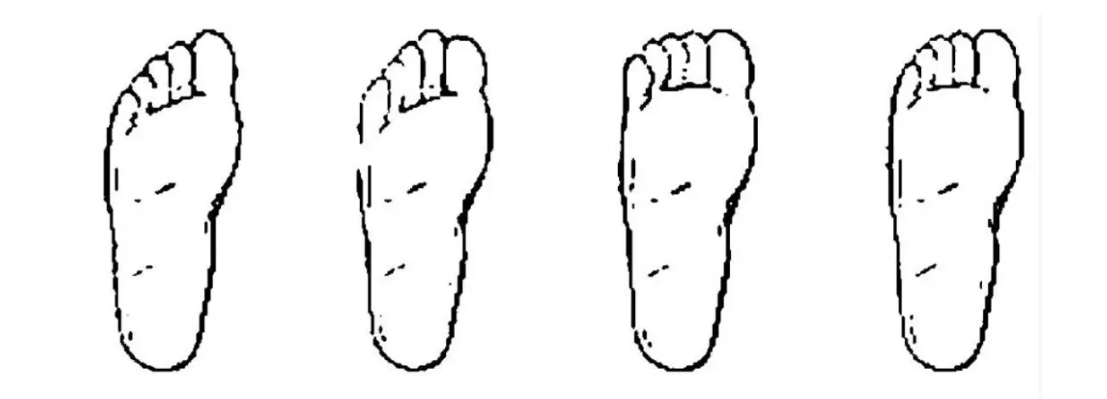
Narrow footwear has been linked to various foot conditions, most notably hallux valgus (bunion), which affects women nine times more frequently than men, according to research in Clinical Orthopaedics and Related Research. Other issues include ingrown toenails, circulatory problems, and nerve compression, all of which can be mitigated by properly fitted wide-width shoes.
Foot shape diversity further necessitates wider options. The Chinese standard Shoe Last Design and Manufacturing identifies multiple foot types, including Egyptian and Greek toe shapes, as well as special conditions like high arches, flat feet, and hallux valgus, all of which benefit from the enhanced 包容性 of wide-width designs.
Wide-Width Footwear Buying Guide
Scientific Measurement and Width Selection
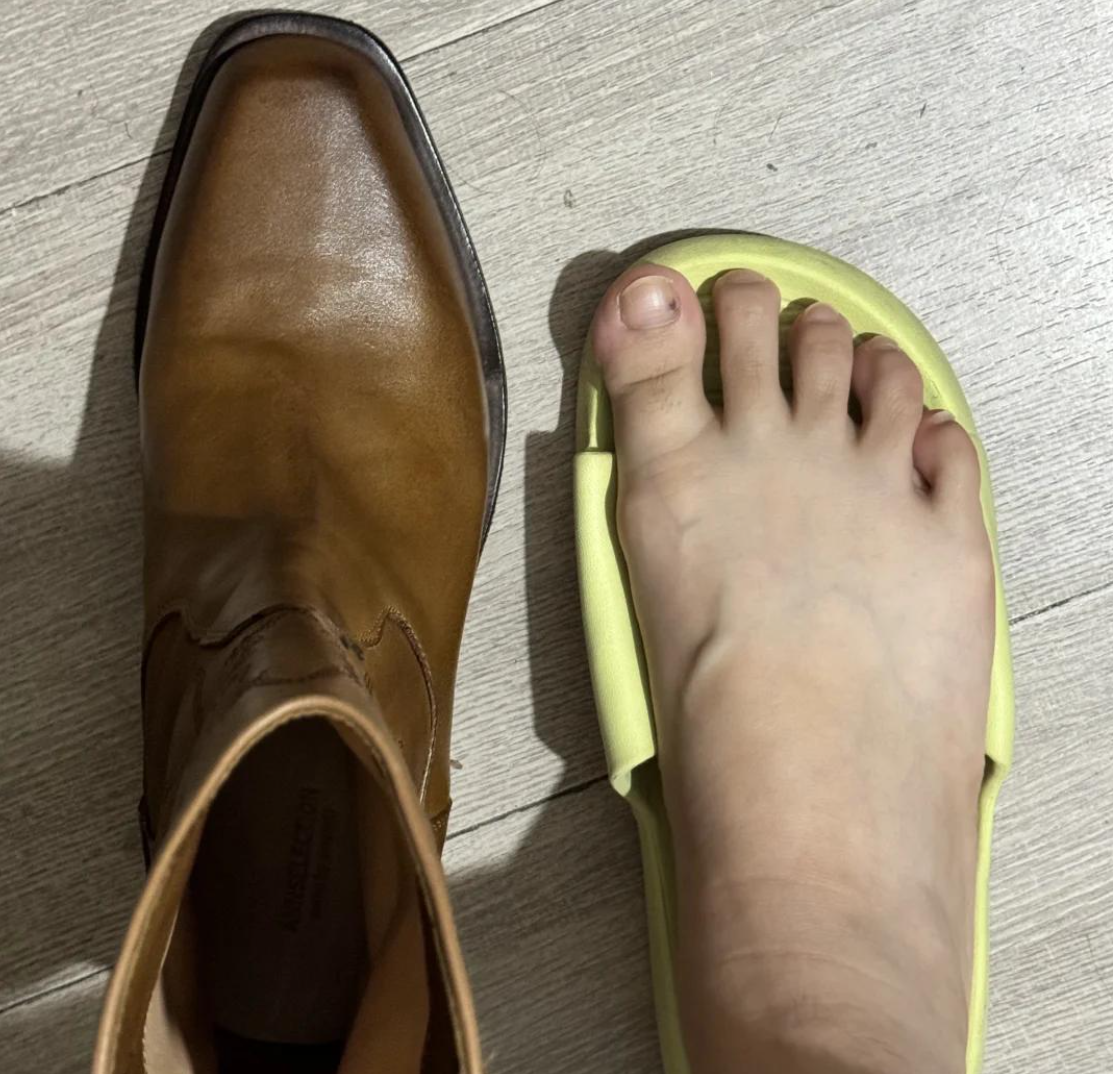
Consumers should determine their foot type by calculating the ratio of foot length to width. A ratio below 2.5 indicates a wide foot, while a ratio above 2.6 suggests a narrow foot. This measurement helps in selecting appropriate width markings, which vary by brand but generally follow international standards: D (standard), 2E (wide), and 4E (extra wide).
Brand Variations and Adaptation Advice
It's important to note variations in width increments between brands. New Balance typically offers 2cm width increases, while ASICS provides more modest 1-5mm adjustments. For individuals with special foot conditions, such as high arches or flat feet, combining wide-width shoes with custom orthotics is recommended to ensure optimal support and comfort.
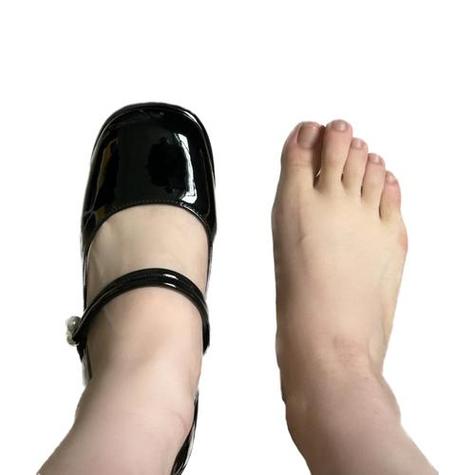
Pricing and Value Considerations
While some brands like New Balance charge a premium for wide widths, most brands including ASICS, Brooks, and Converse price standard and wide versions identically. This pricing strategy makes wide-width options accessible to a broader range of consumers, further driving adoption of these healthier footwear choices.
In conclusion, the shift toward wider shoe options represents a significant advancement in footwear design, prioritizing both comfort and health. By understanding foot physiology, brand offerings, and proper fitting techniques, consumers can make informed choices that support long-term foot health and overall well-being.














